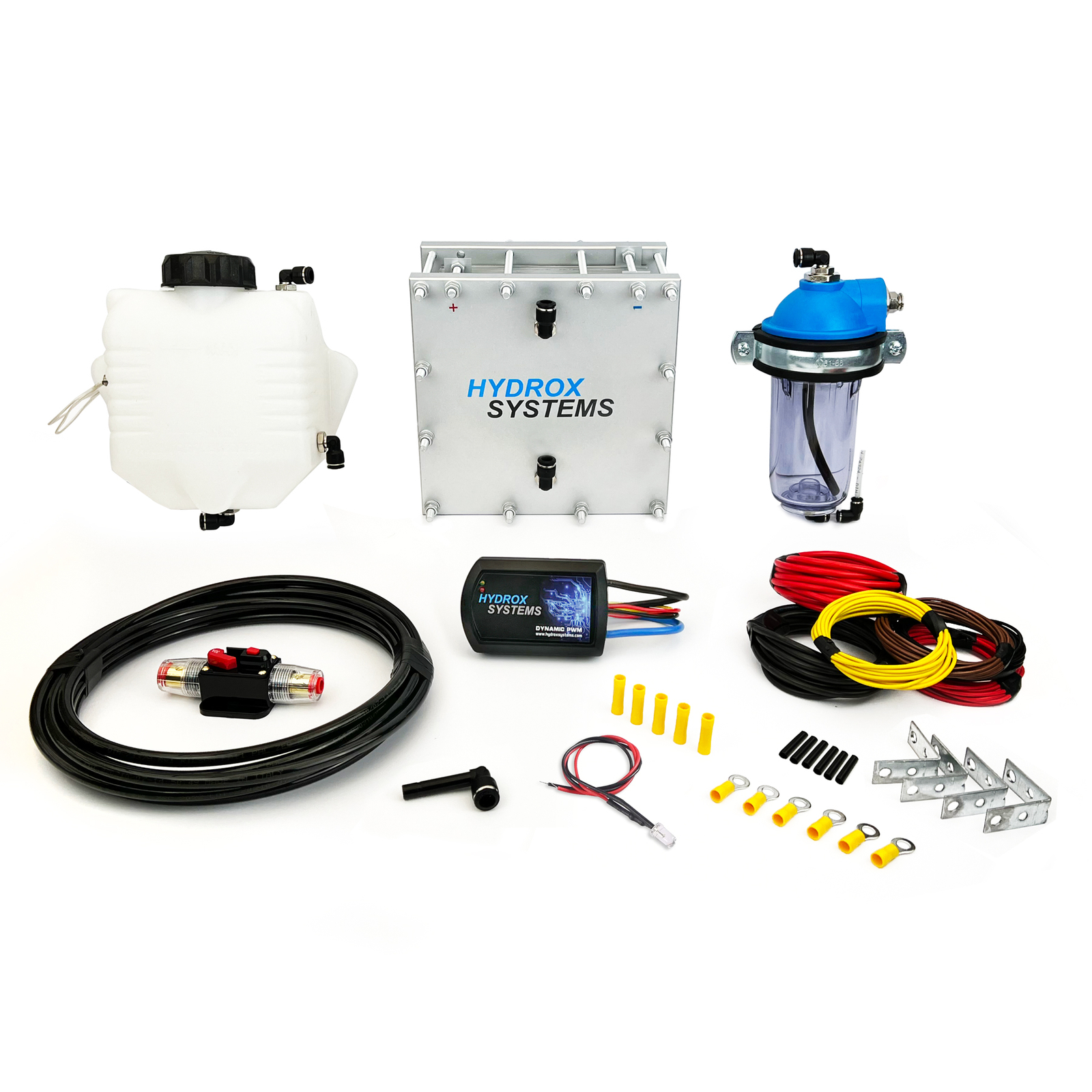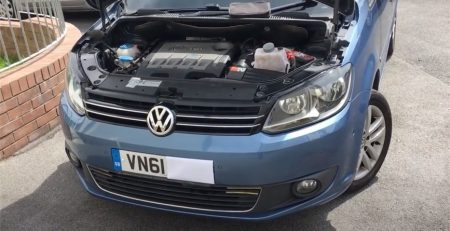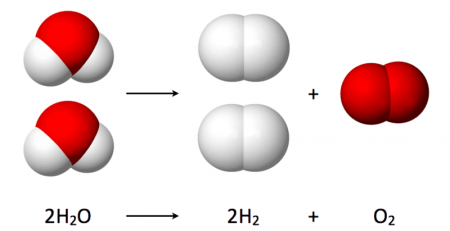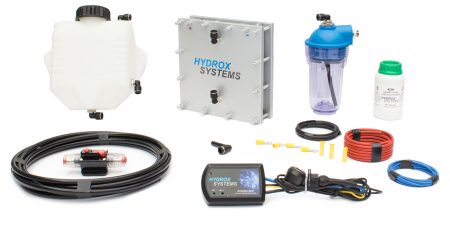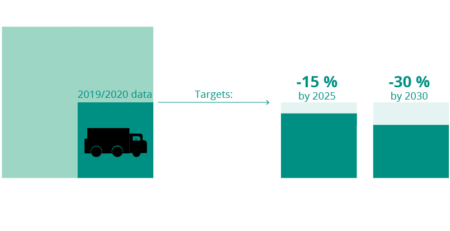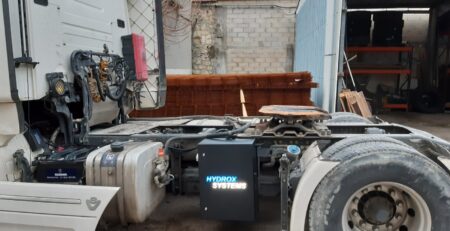What is HHO Kit
What is an HHO kit?
HHO kit has different devices and components. All together, they are HHO Kit. This HHO system usually has components like dry or wet hho cells. HHO reservoir for the electrolyte of the system. HHO bubbler, pulse width modulator (PWM), wires, hoses, electrical connectors, hose clamps, and inlet connector for the HHO gas.
Please choose the right HHO Kit for your vehicle with our HHO Kit Advisor here.
A dry HHO cell is the generator that produces HHO gas. The dry cell is not dry inside; it consists of liquid inside. This liquid, the electrolyte, comes from the reservoir above only by gravity. The configuration and design that electric current passes precisely through the plates are essential. There is no way that electrolytes will be going near the SS plates. The Dry HHO cell looks like this:
Wet HHO cells are practically smaller plates and working surfaces that stay in a shared bath of electrolytes. In this case, it does not need a reservoir because the whole design is 2 in 1 electrolyzer and the reservoir. The electric current also passes through the SS plates and the electrolyte; most electrons pass near the plates because they are looking for an easier way to get to the negative plate. That’s why the wet cell is less efficient than the Dry HHO cell. Gas production is more minor than dry cells, which use the same energy. The wet cell is like the 1st generation of the electrolyzers.
The wet cell looks like this:
HHO reservoir is usually used with dry cells and stays above it. So, by gravity, it fills the dry cell with electrolytes. Practically during operation, one hose from the bottom of the reservoir fills the bottom of the dry cell with electrolyte, and another hose from the top pushes back to the reservoir, producing gas and some part of the electrolyte. This way, the electrolyte circulates between the dry cell and the reservoir. There is no need for a pump. You can see that here in this video:
The HHO gas is separated from the electrolyte in the reservoir. Because the gas is lighter and goes above the liquid, the reservoir must have a gas connector and hose on top, which delivers the HHO gas to the bubbler.
HHO bubbler is the device where the gas is bubbling before it goes to your engine’s air intake. The bubbler has four functions:
1. Collecting the rough steam of the produced gas.
2. Drying the produced gas.
3. It acts as a back-fire device (spark arrestor). Installing it in a carburetor engine may cause a back-spark. However, there is no chance of a back-spark in other engines (petrol injection and diesel, turbo-diesel, and Common rail).
4. Preventing some drops or even liquid goes to the engine intake.
The bubbler usually has some water, so the produced gas can bubble there, but if it’s not, this is not a problem because the HHO gas is lighter than the air and goes higher. In addition, the vacuum created by the engine will distribute the total amount of gas to the intakes and, respectively, to the cylinders.
HHO PWM is the device that controls the electrolysis process in the HHO generator. Most PWMs control the voltage, load, and frequency in some models. There are many models on the market. Some of them are just variable motor controllers used for this purpose. They operate at 12V or 24V for different charging systems. Light vehicles usually have 12-14.4V DC charging systems; trucks/buses and more significant engines operate at 24-29V DC.
The role of the PWM is to limit the amps you are putting as a load on the vehicle’s battery, alternator, and charging system. For this reason, the PWM protects the car charging system from too much load.
The relay can be used in electrical schemes where the PWM has no integrated such. Remember that all relays have only one function to start and stop something. They do not do other tasks. Never override the relay with more than 75% of its capacity; for example, if it is 40A, your maximum load must be 30A.
Fuse for 20, 30, or 40 Amps is a must in the HHO kit cause this means security and protection from starting a fire in your vehicle, for example, if you overload some tiny wire. Ensure you use quality fuse for your vehicle’s system, and most importantly, it is for exact load protection. For instance, if you usually use a load of 20A, your fuse must be 25A, so in case something happens to the PWM and the amps exceed 25A, the fuse will trip off and protect against overloading.
You may need the exact wires section for a particular load and suitable quality connectors for hoses and wires. If you use buttons, fuses, fans, pumps, and so on, additional devices are appropriate to mount correctly and protect them during the installation.
You can buy the devices mentioned above here as an HHO kit ready for installation or one by one! But as a kit, it will be lower priced, and also, you will be sure that everything fits appropriately because we have tested all of them many times and have done hundreds of installations by ourselves so that we can see all the negative aspects and challenging moments during installation! The idea was to prepare everything to be very easy for you!
Subscribe our Newsletter

